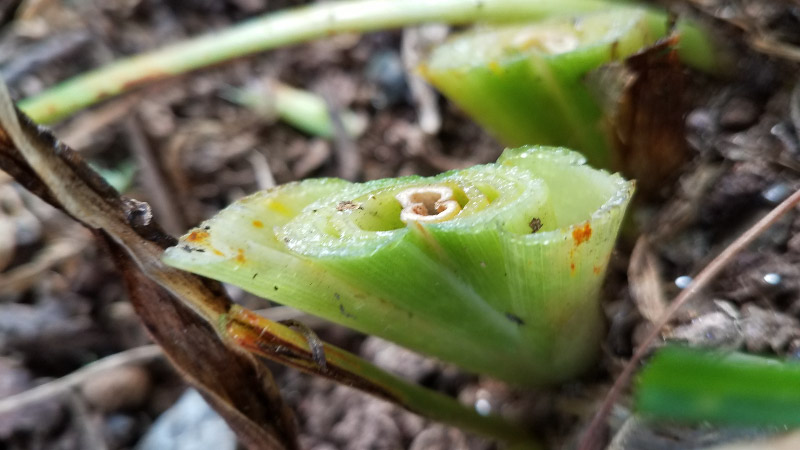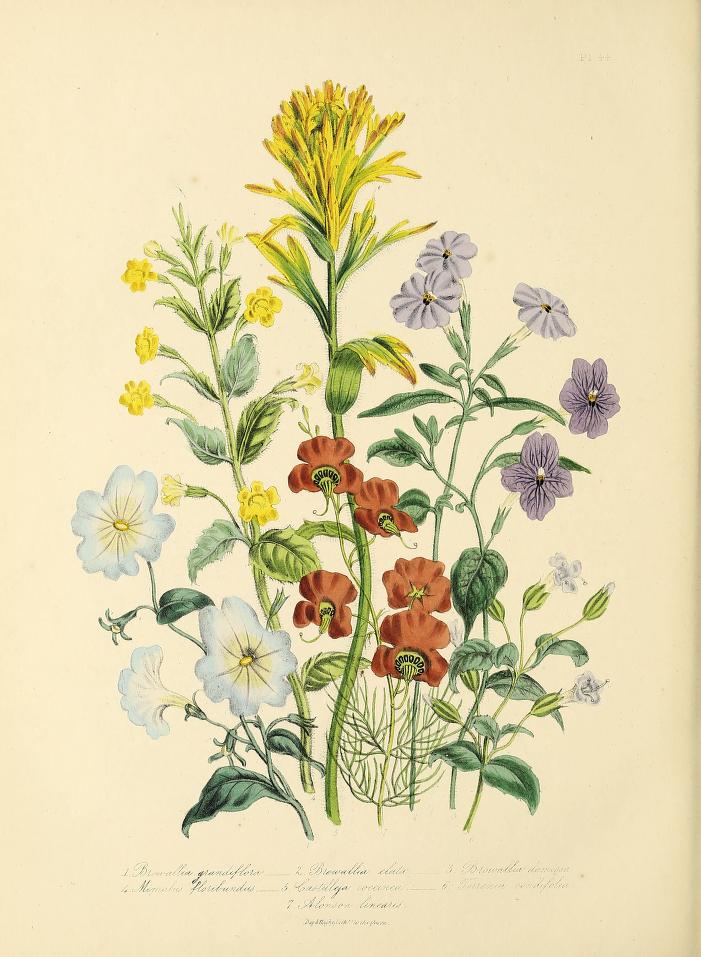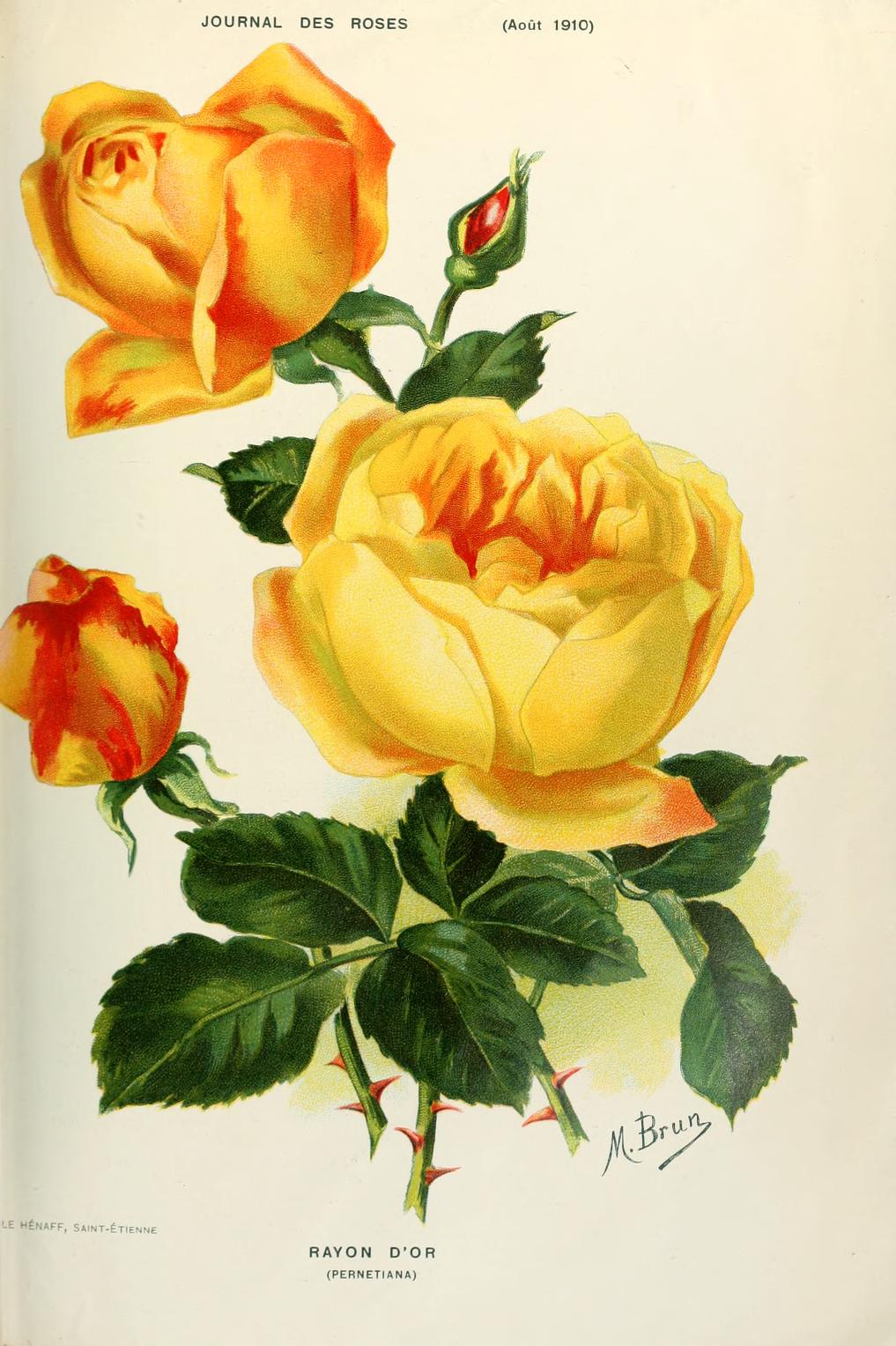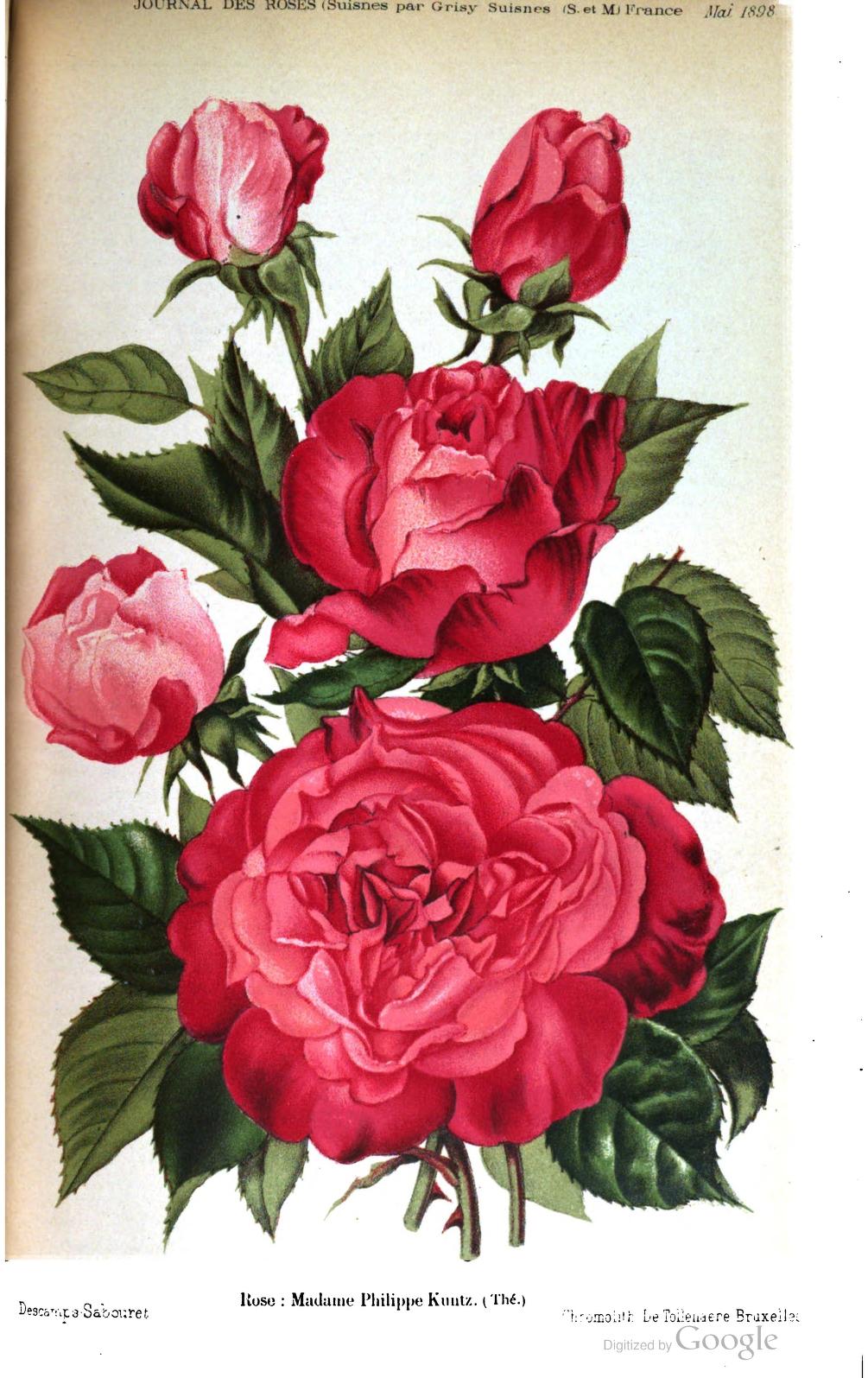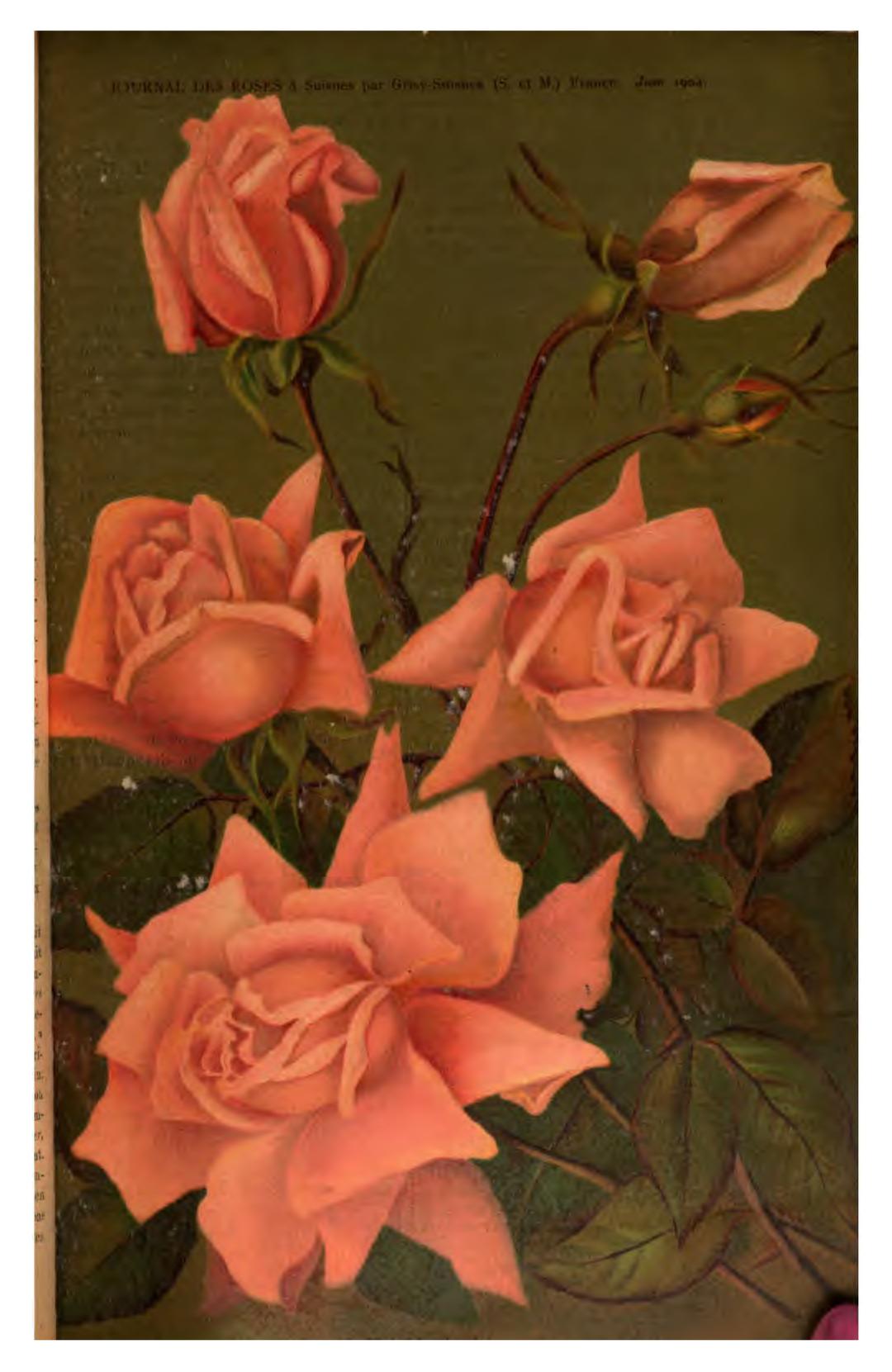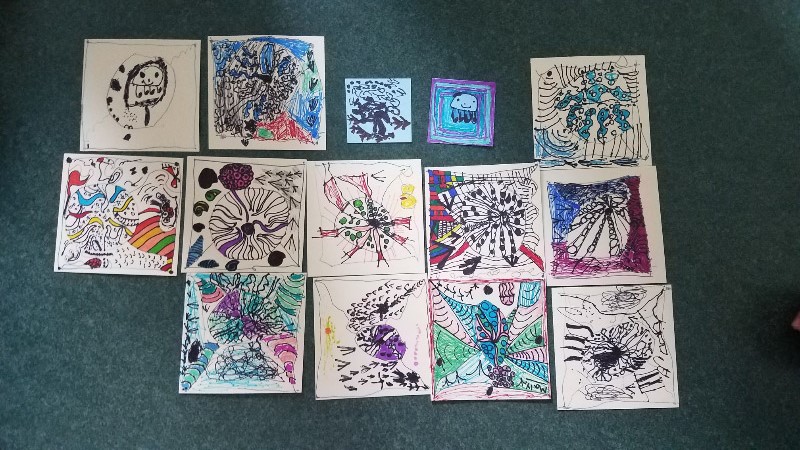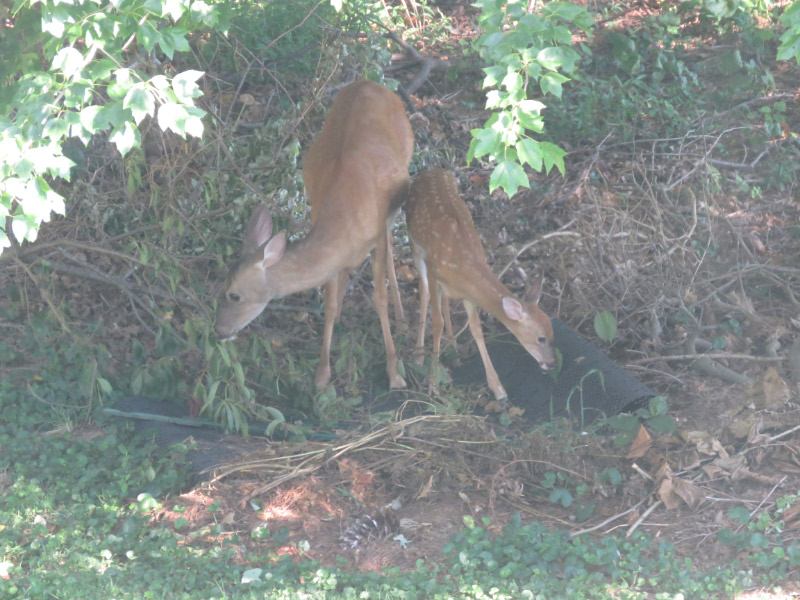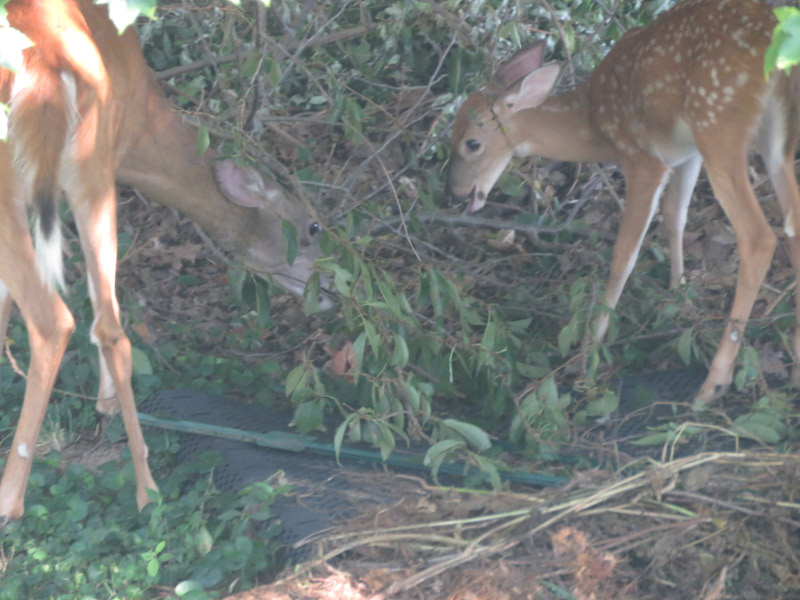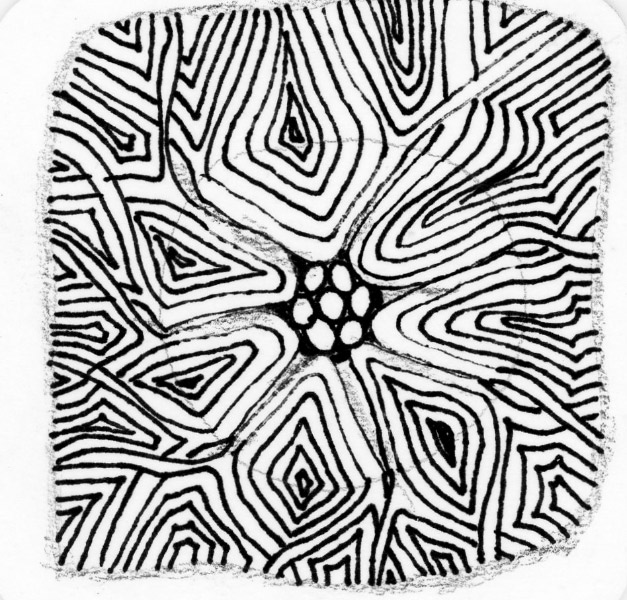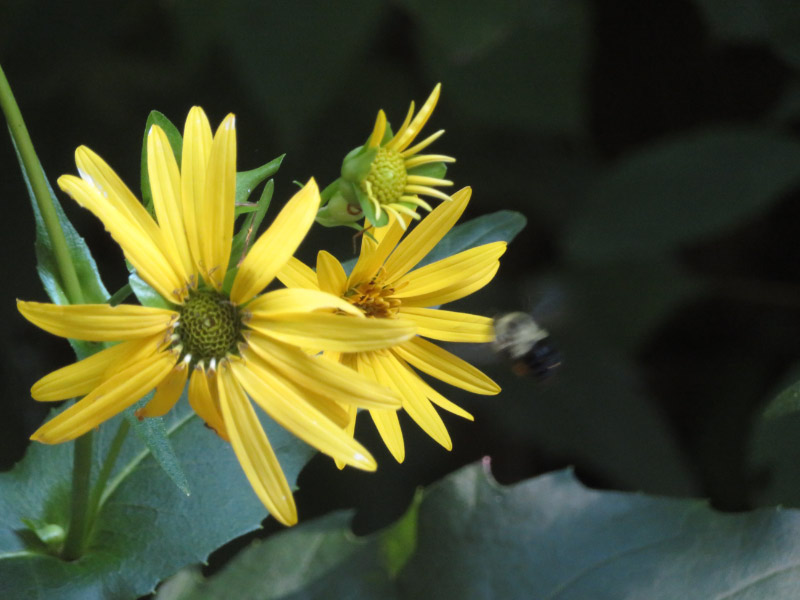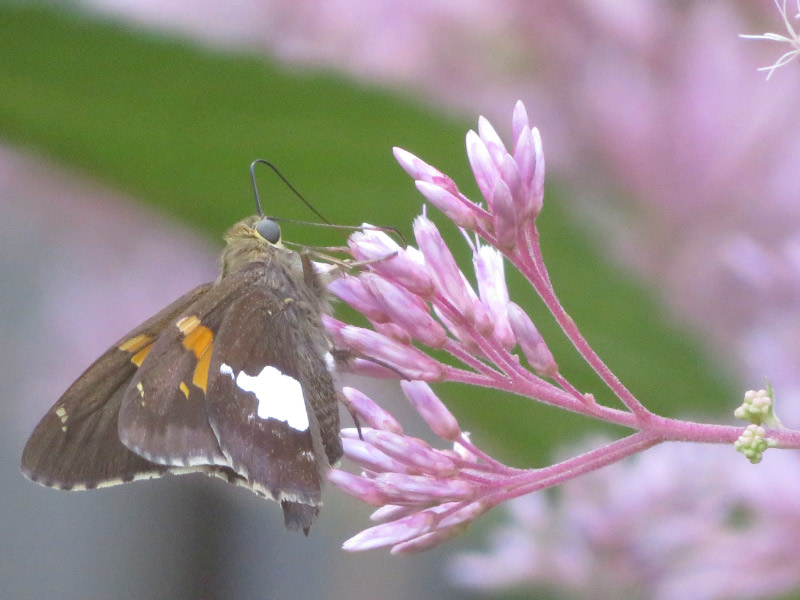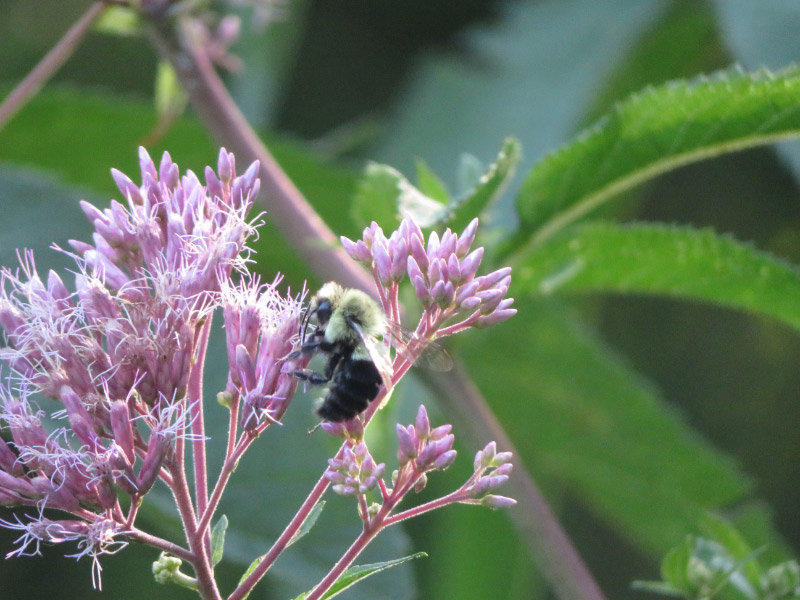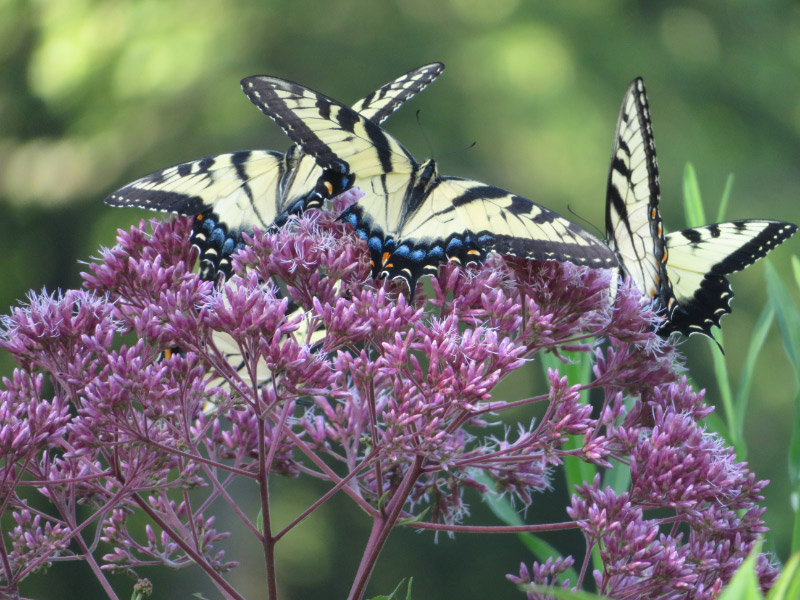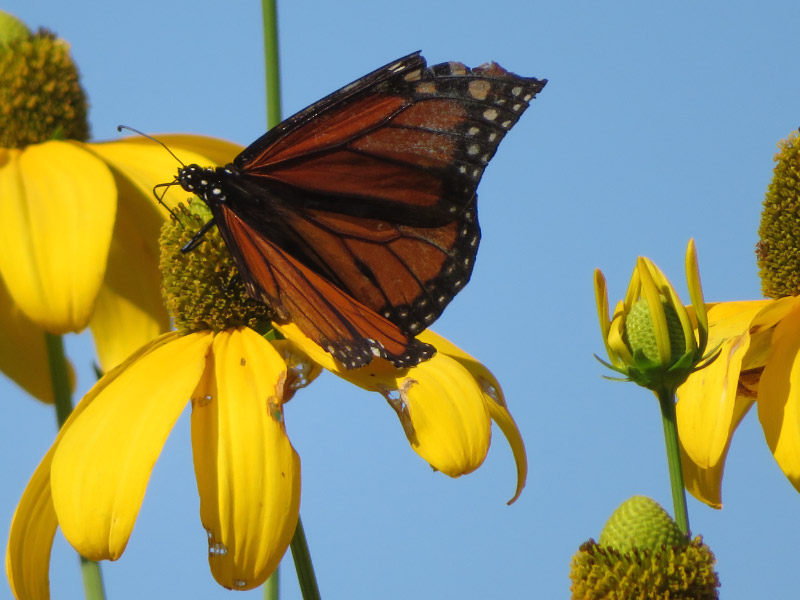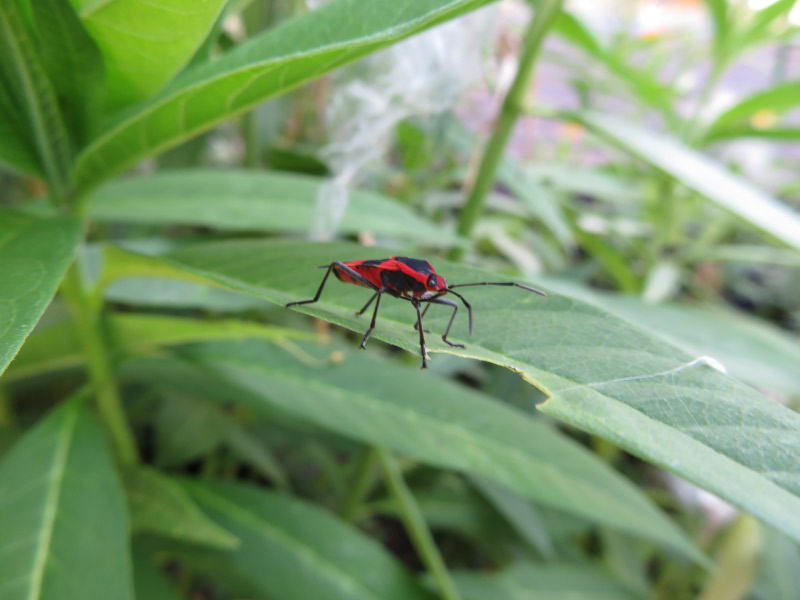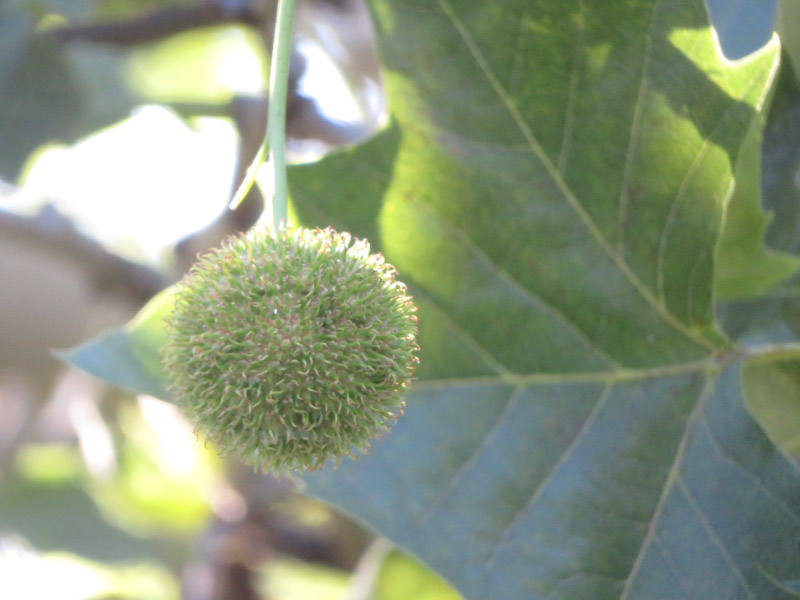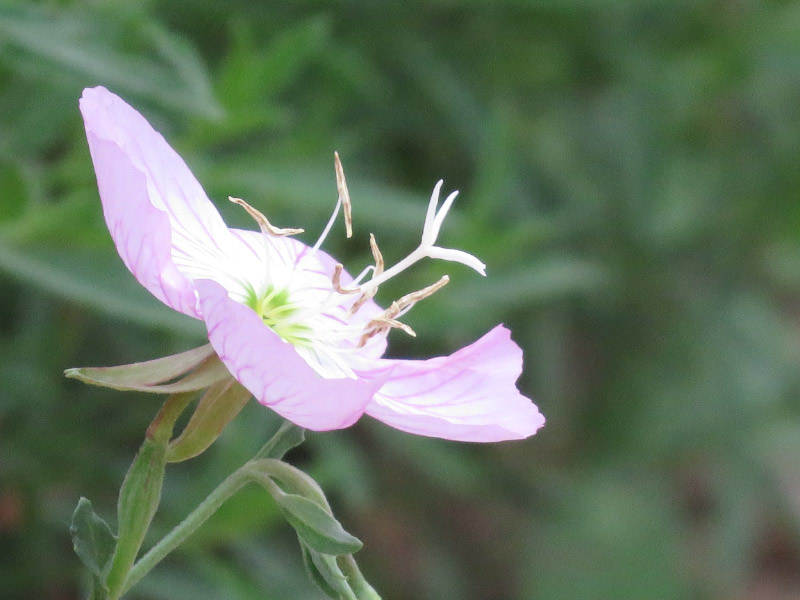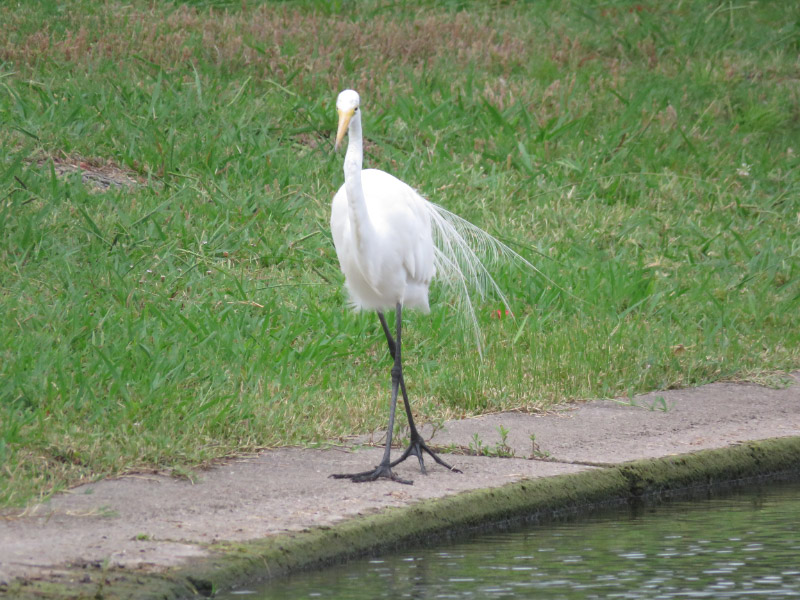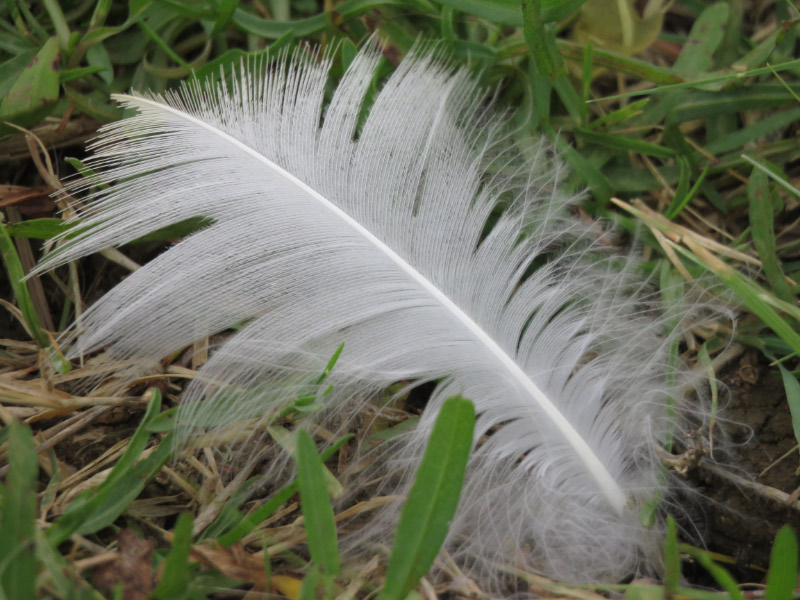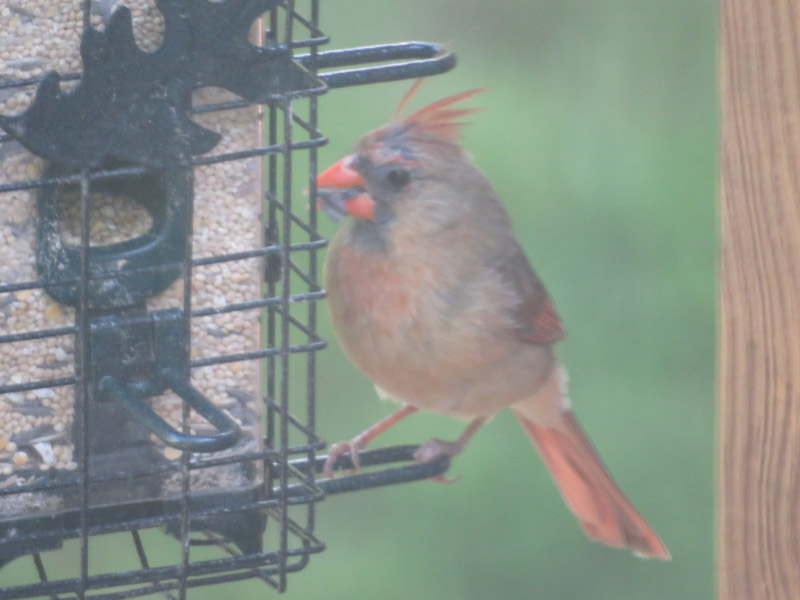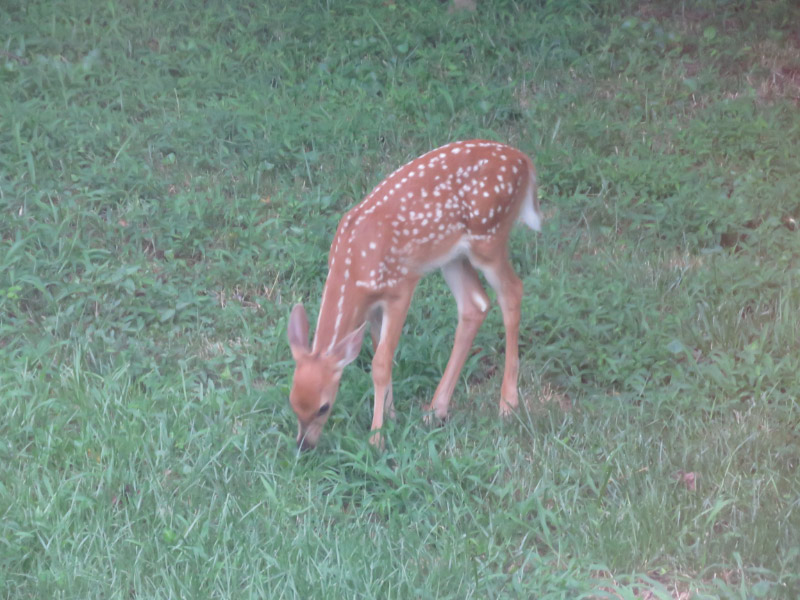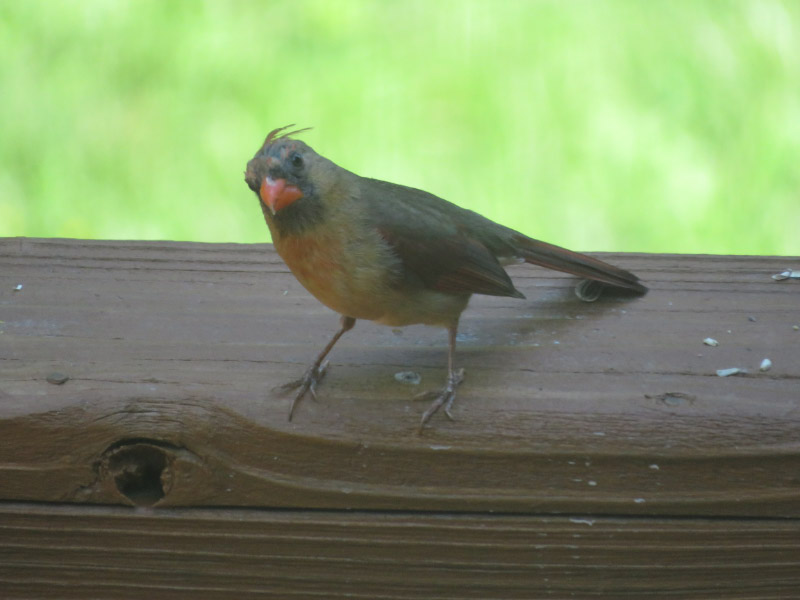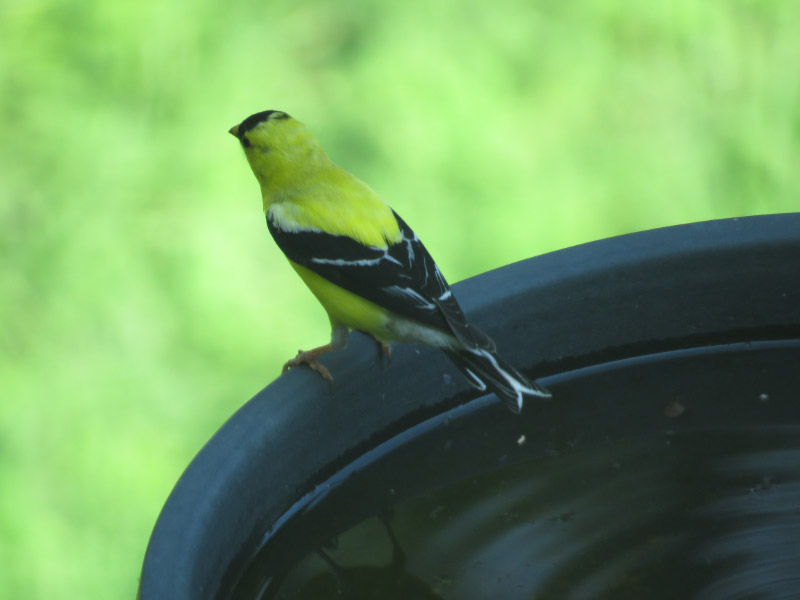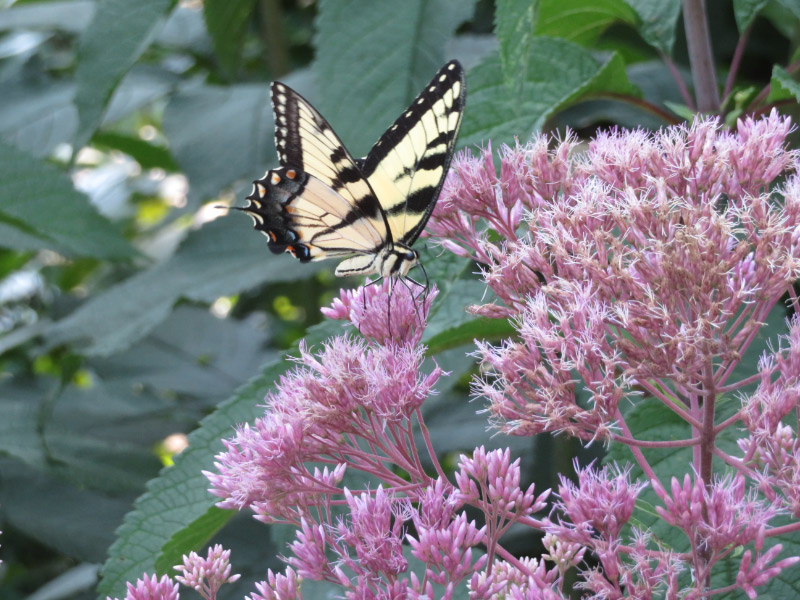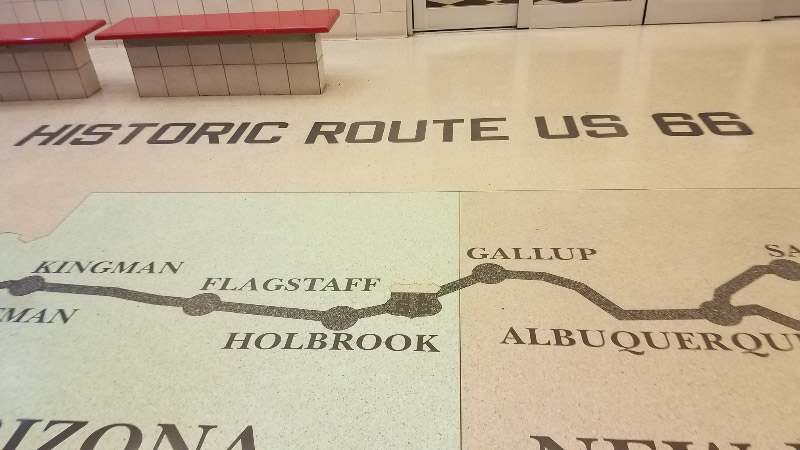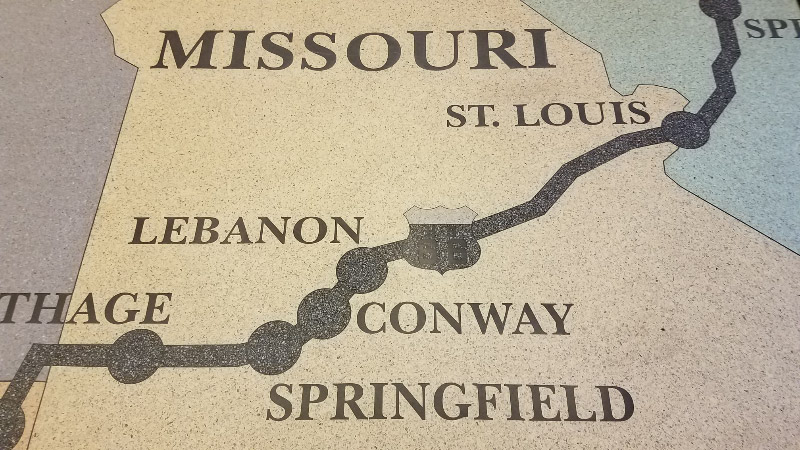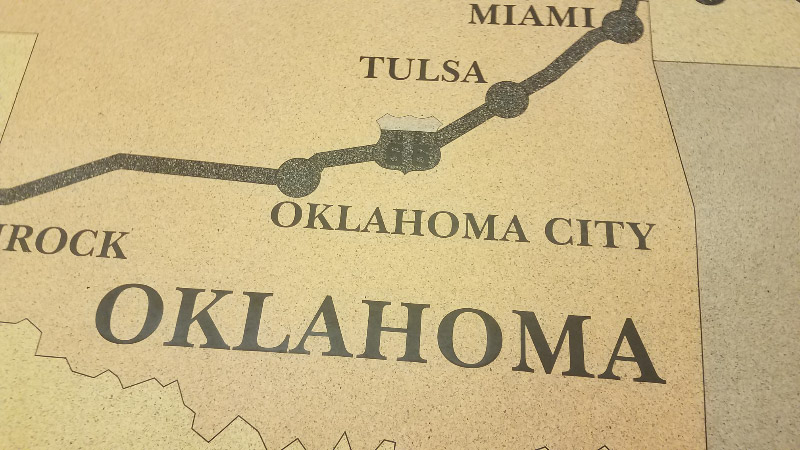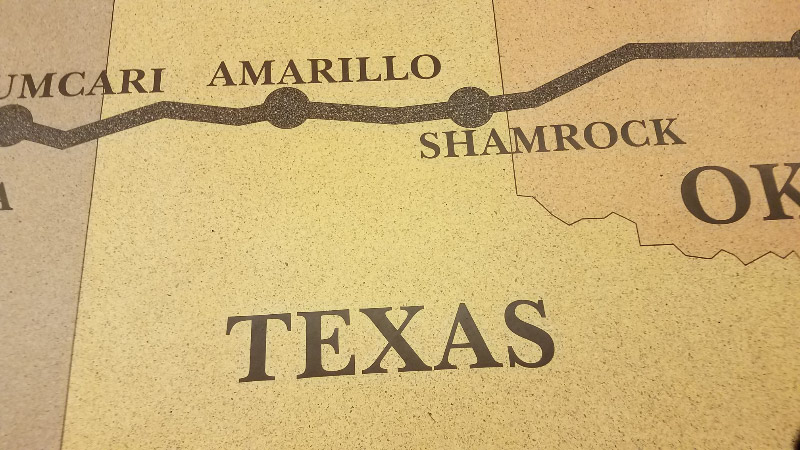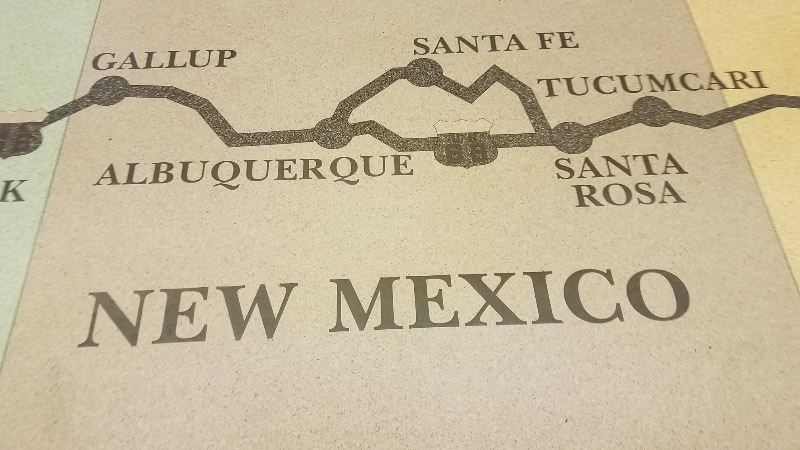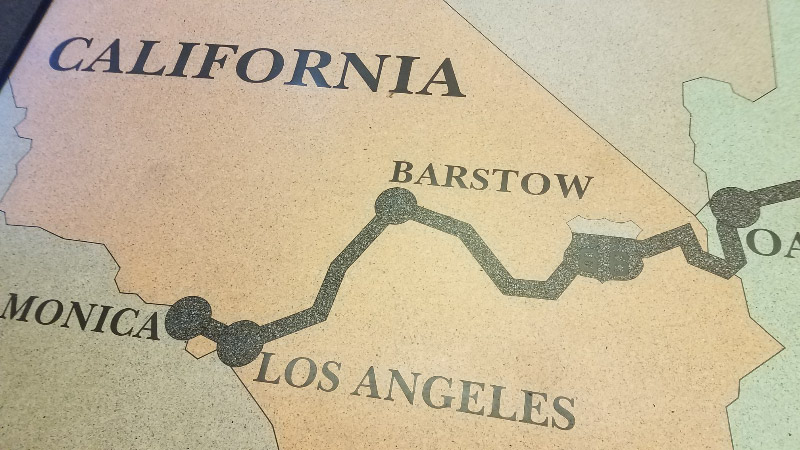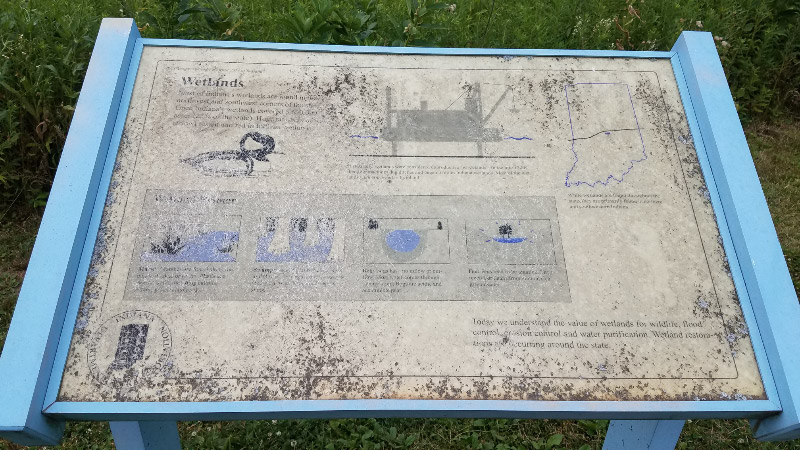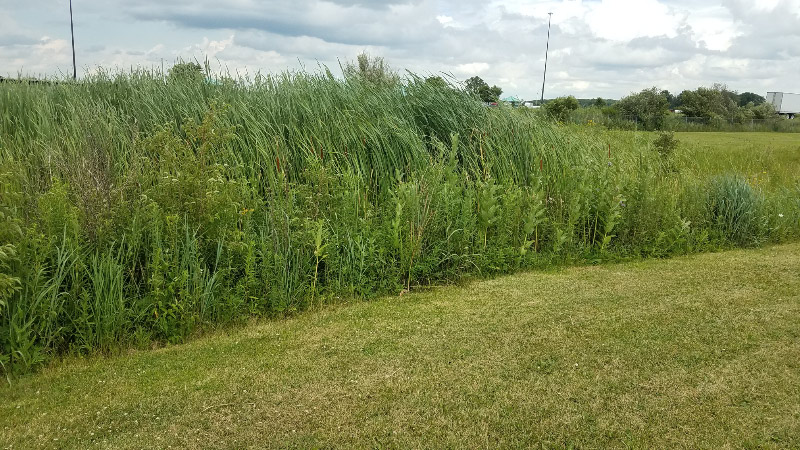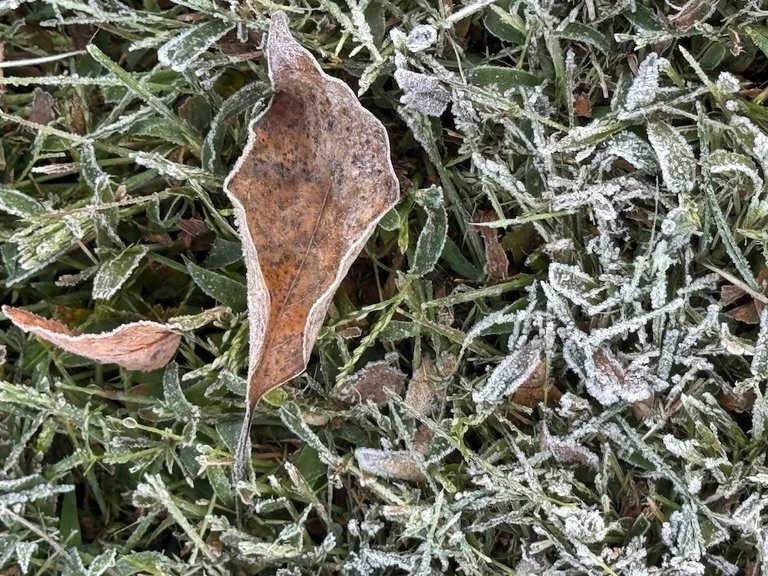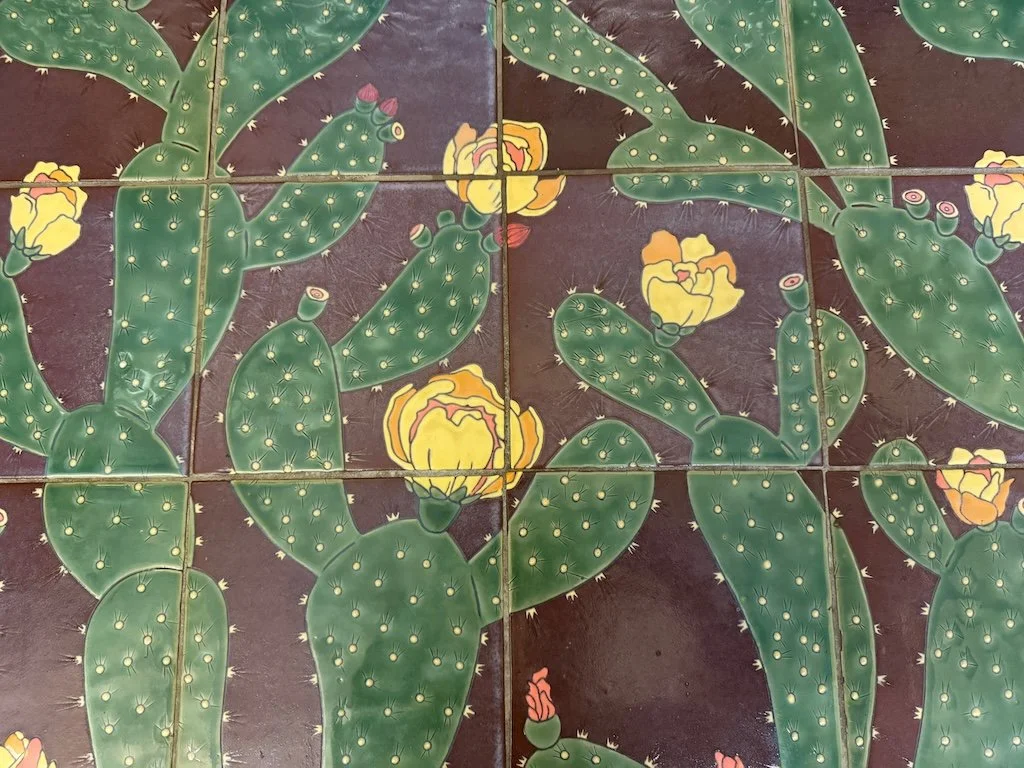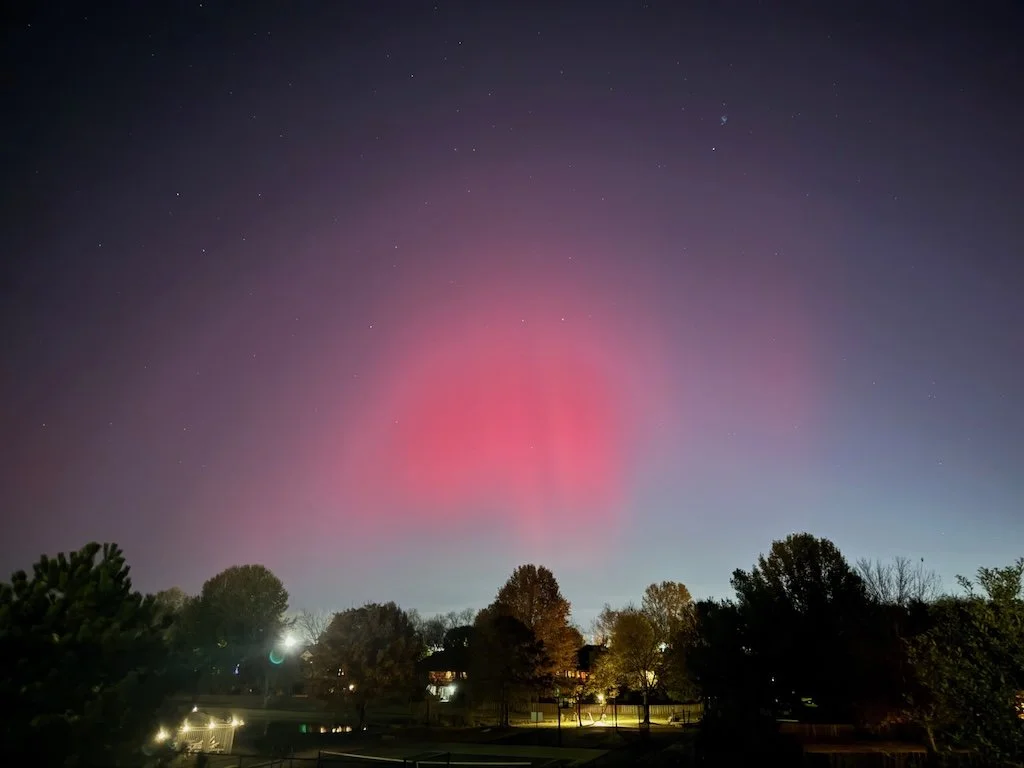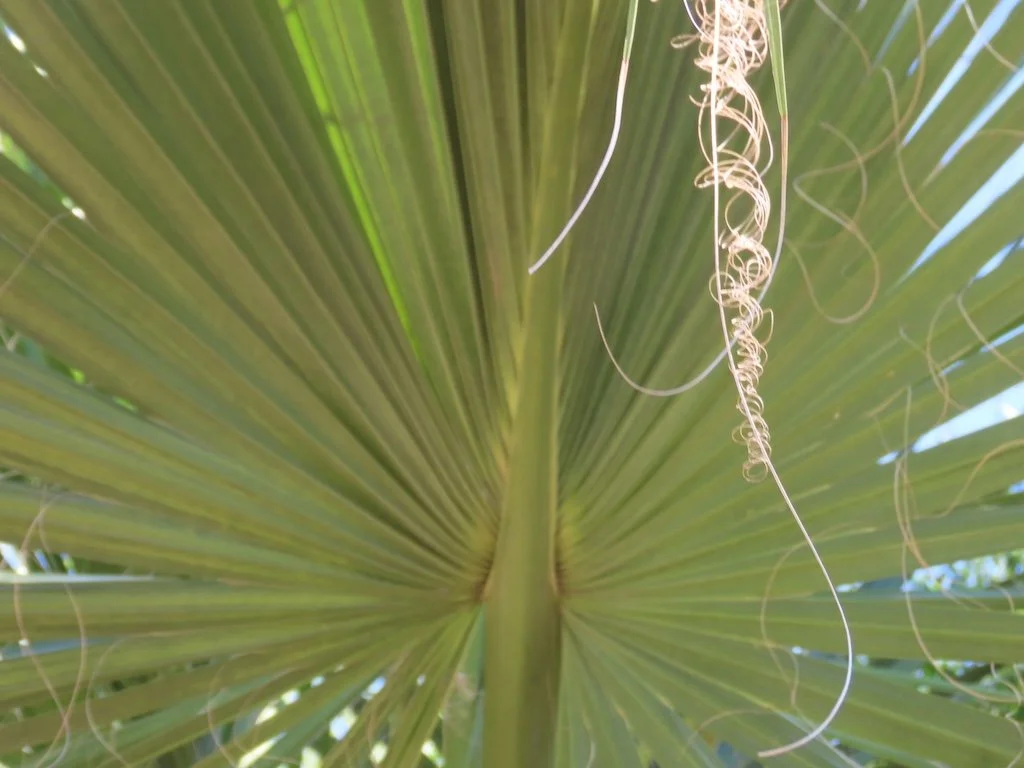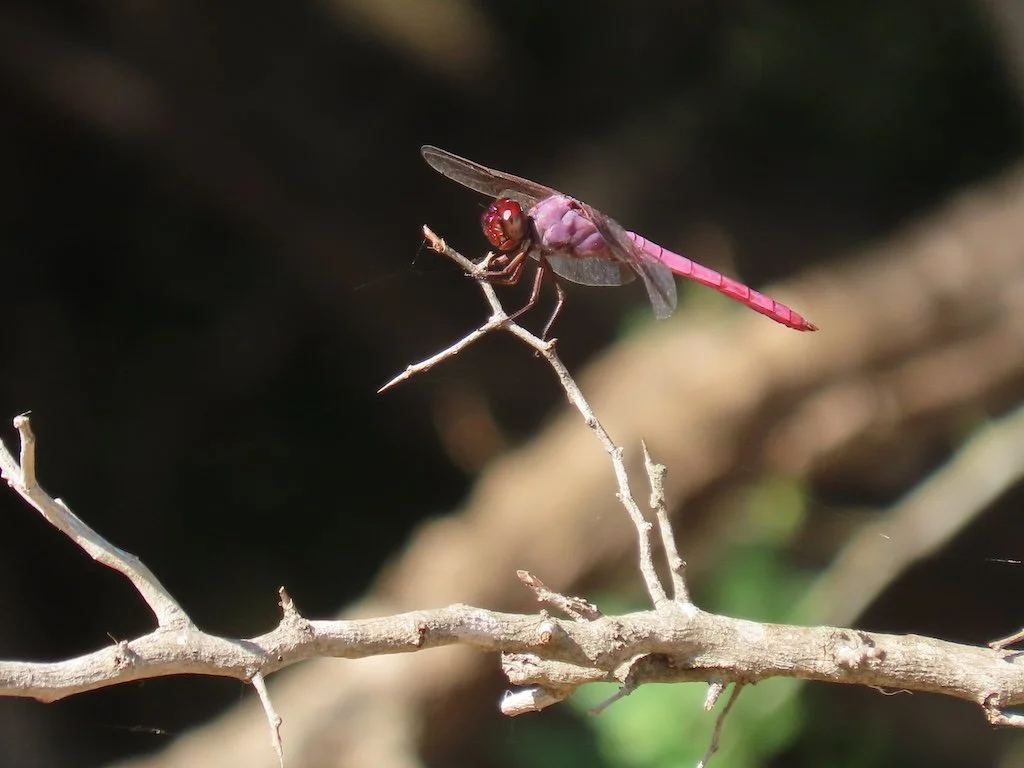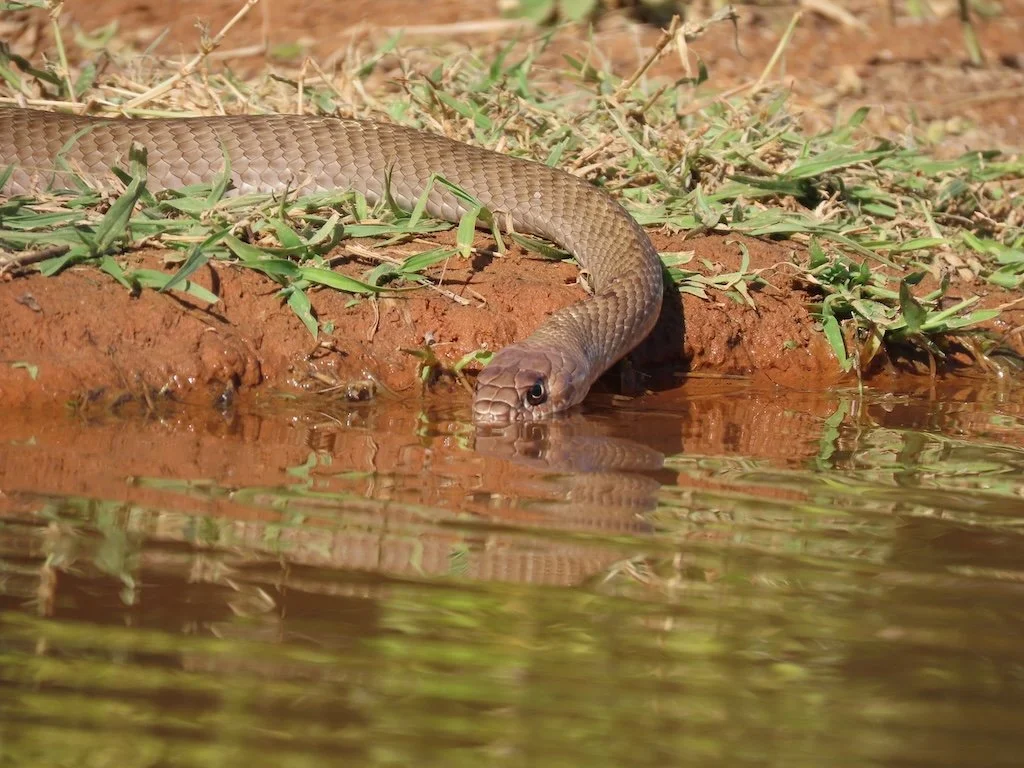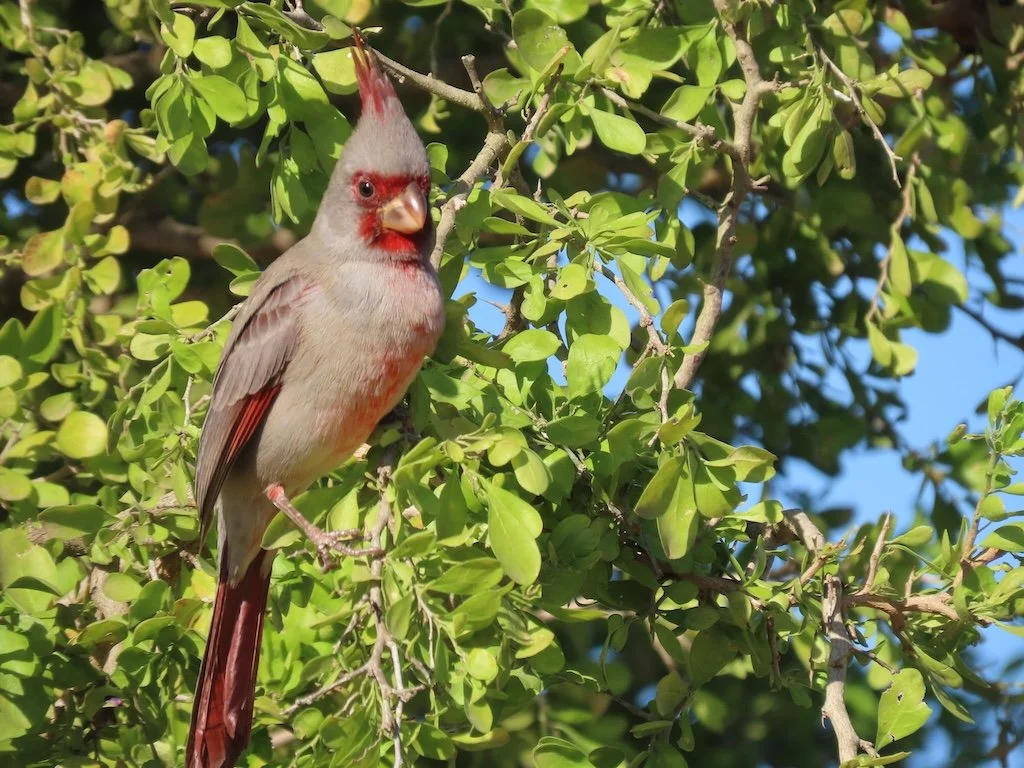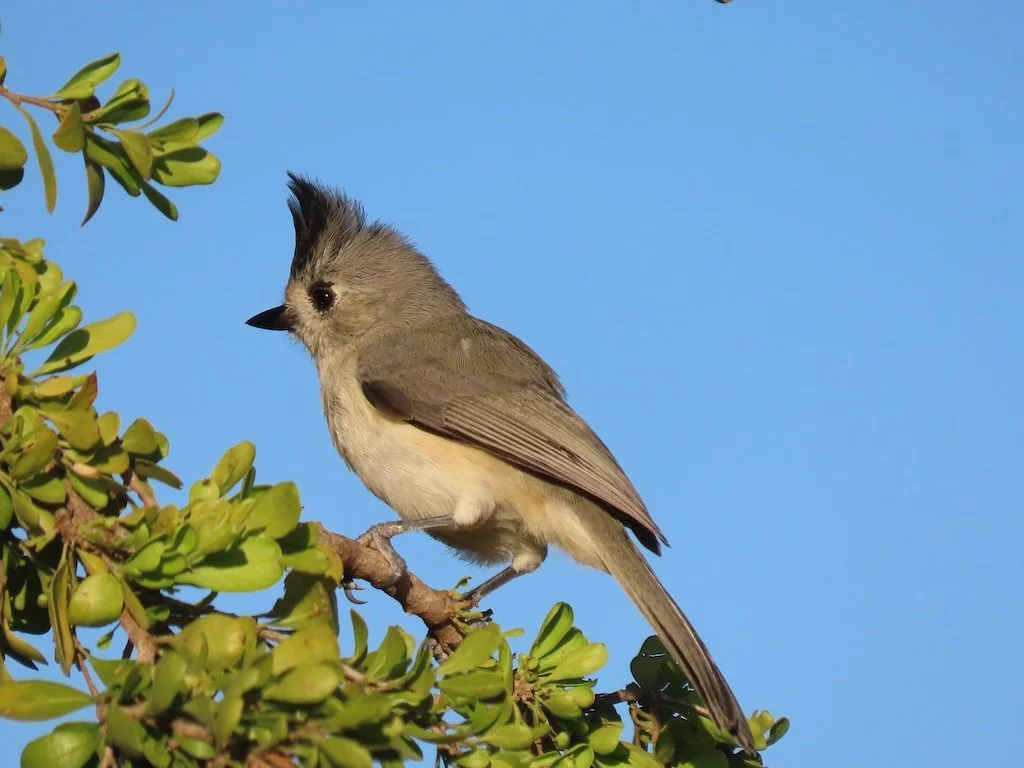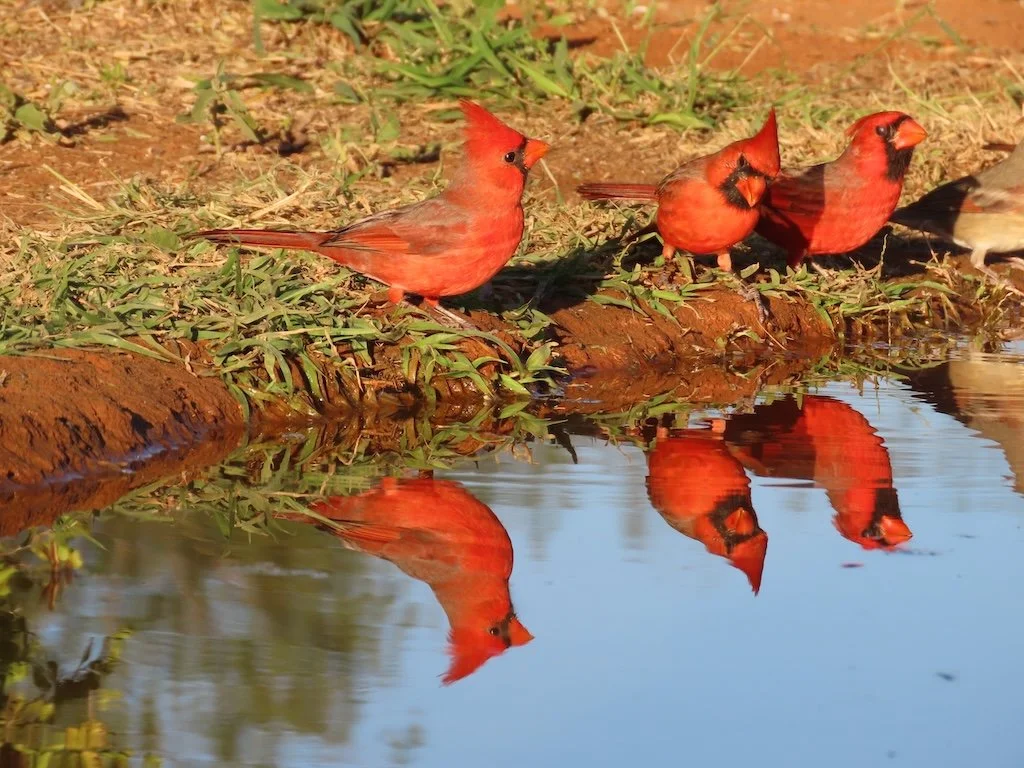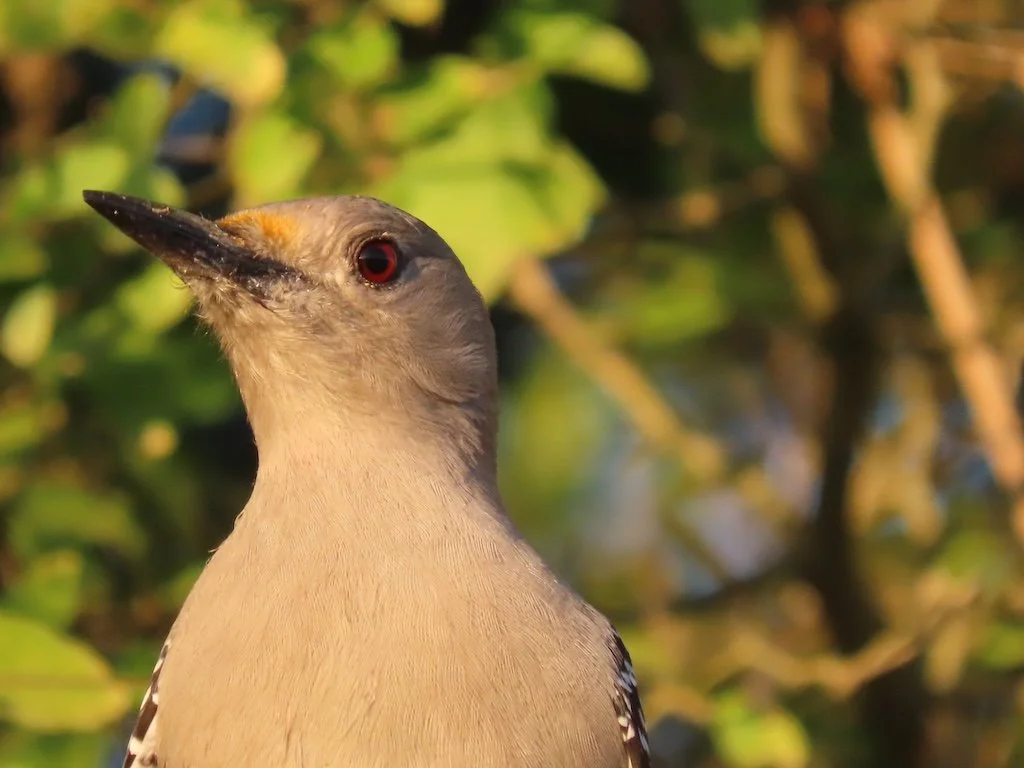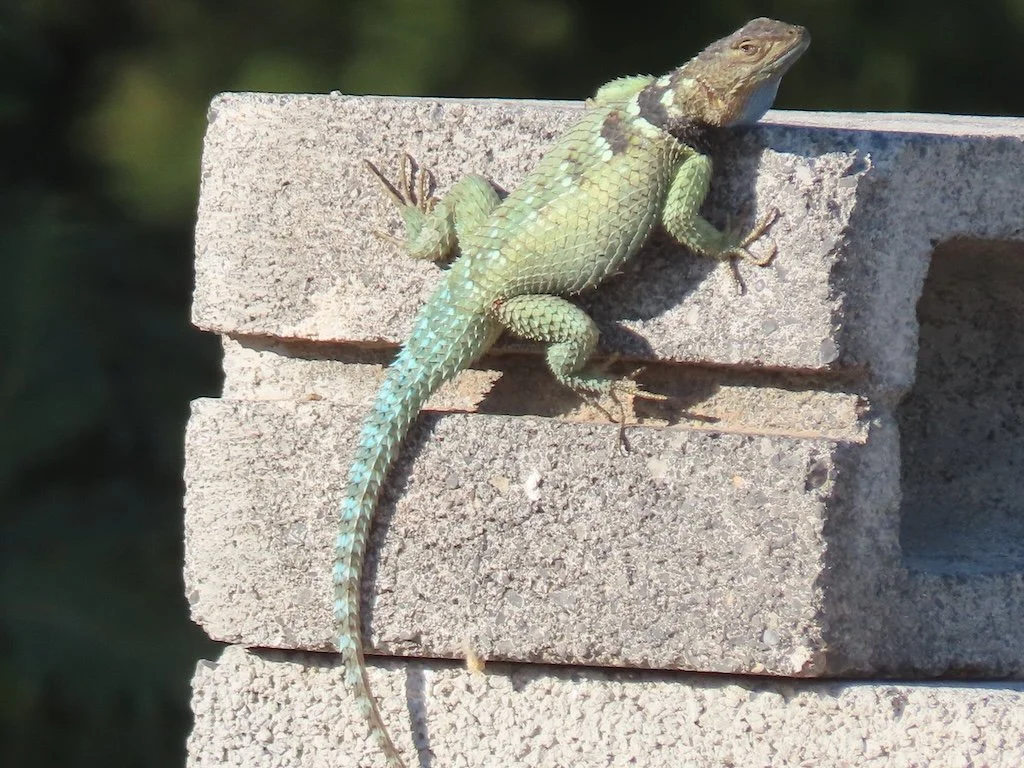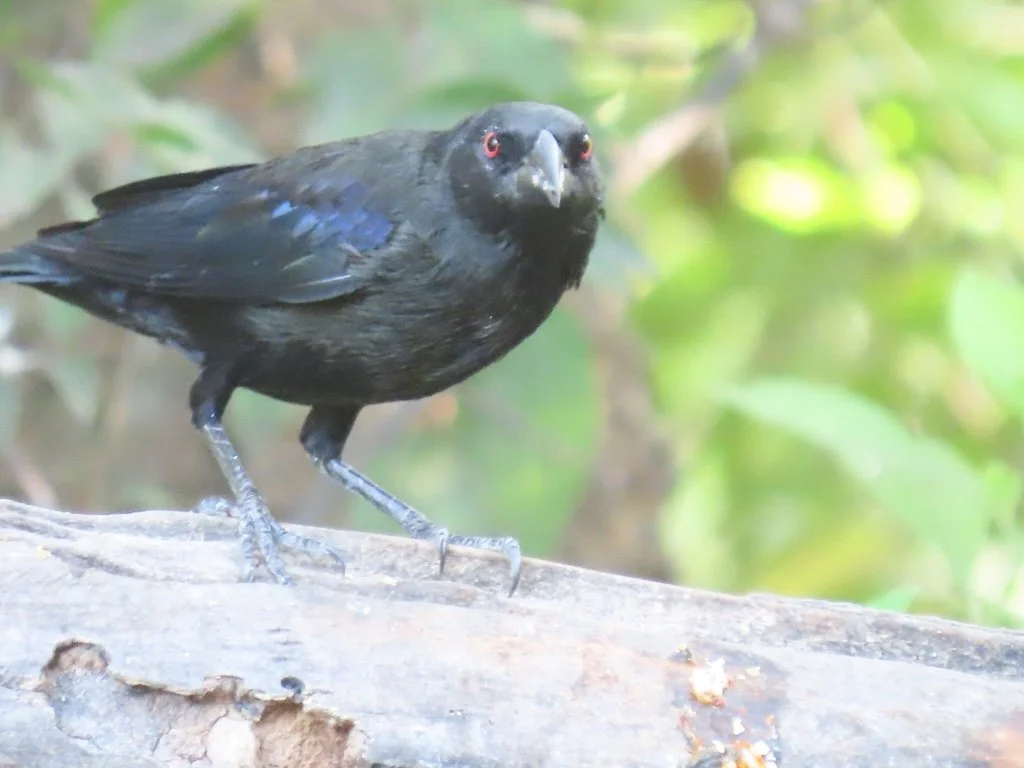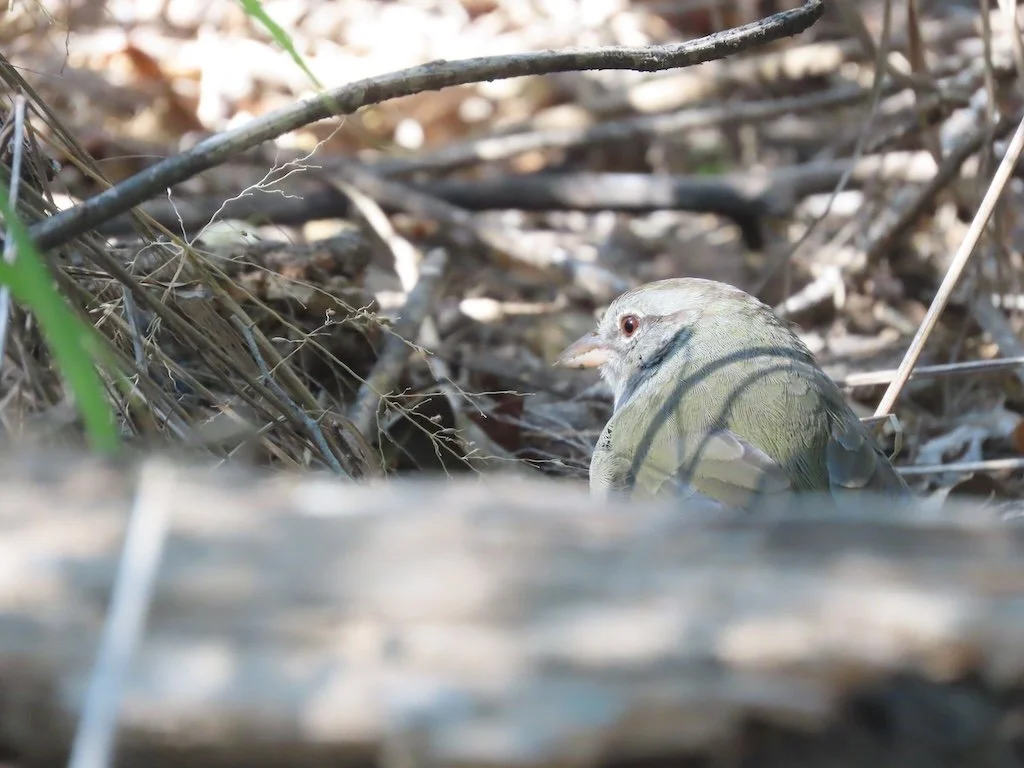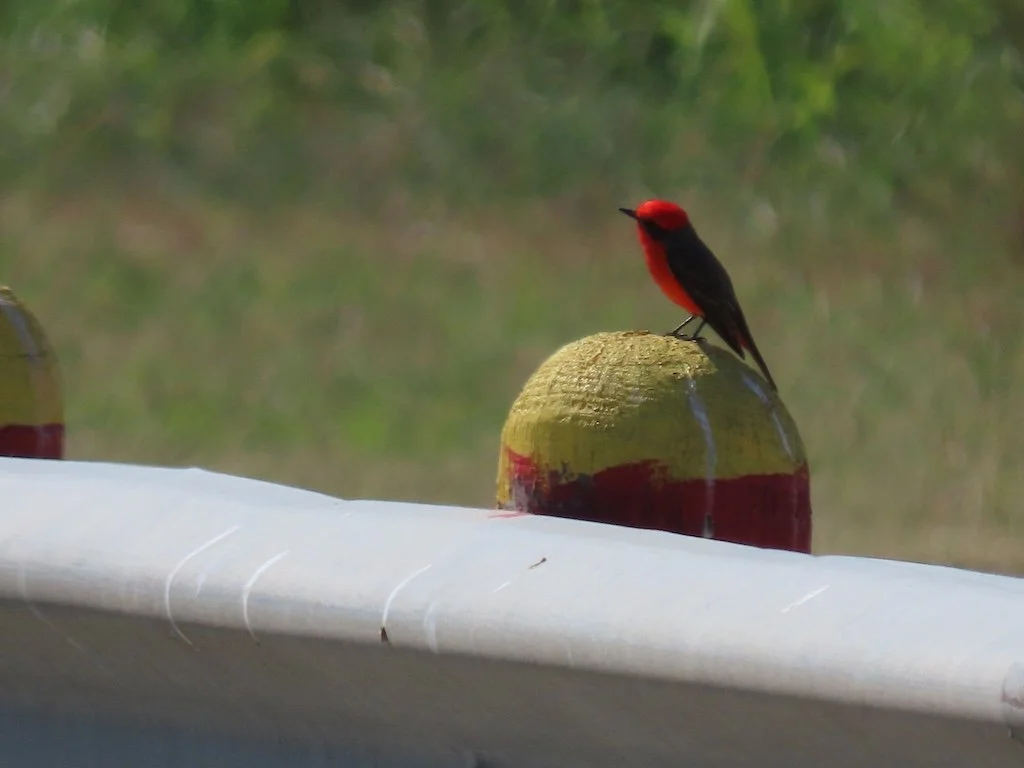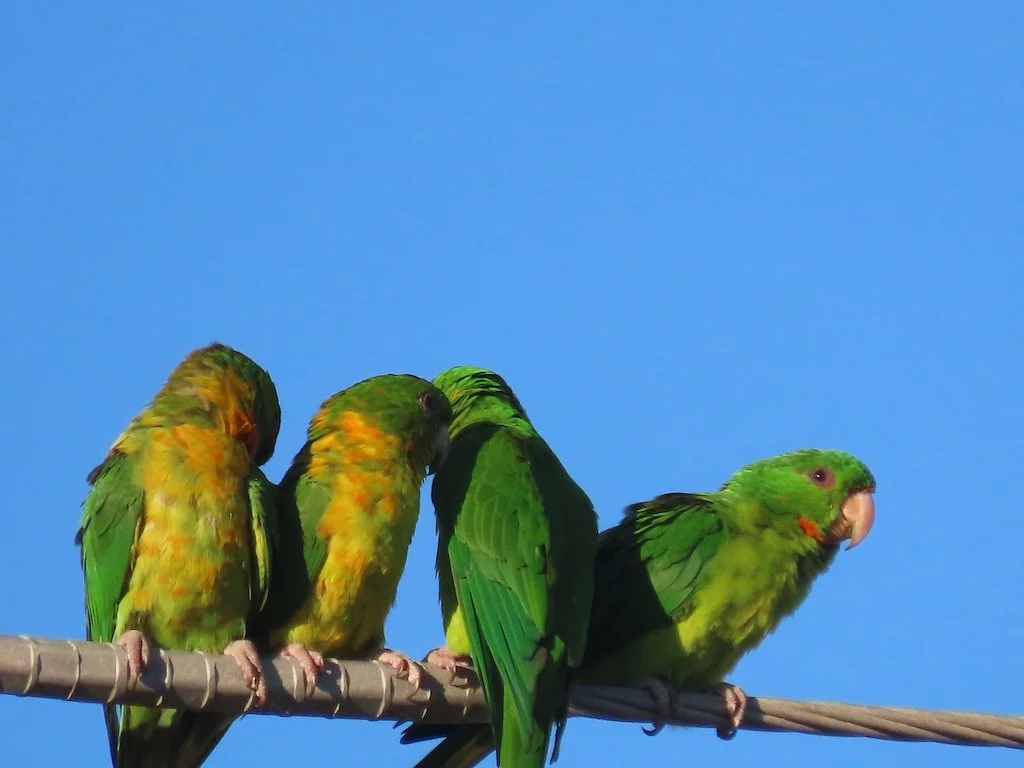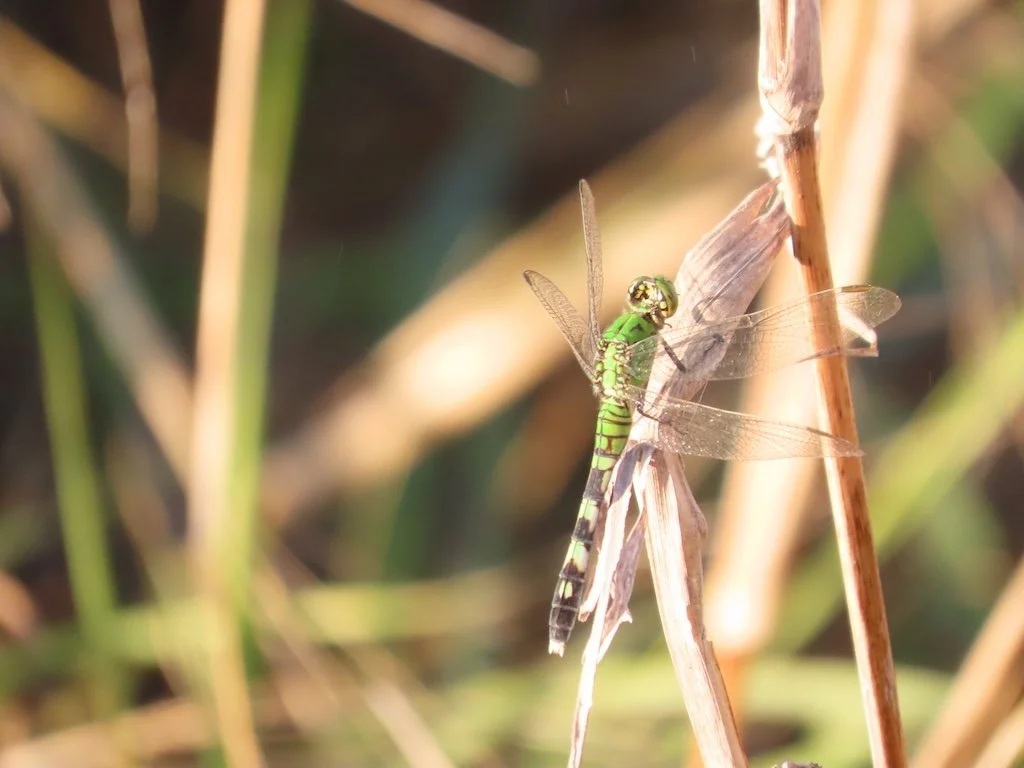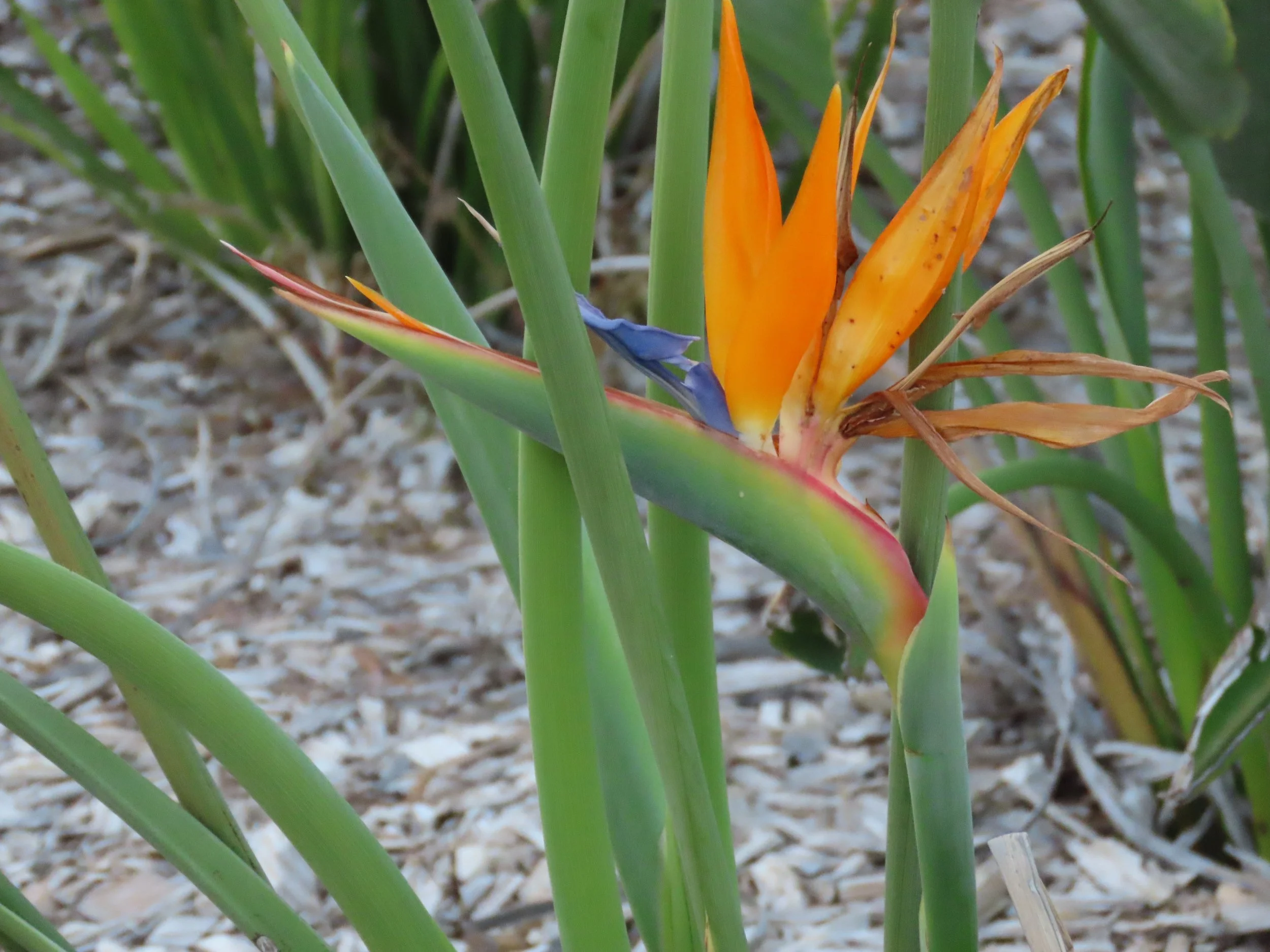The items below were ‘the cream’ of the articles and websites I found this past week. Click on the light green text to look at the article.
Dive beneath the pyramids of Egypt’s black pharaohs – The challenge of excavating a 2,300-year-old tomb that is submerged in rising groundwater.
Another Fire in Greenland – There have been more reports of fires in the far north this year. Evidently warm dry air causes Arctic circle landscapes (that are not ice and snow) to be very flammable…fires start and burn quite easily.
Top 25 Wild Bird Photographs of the Week: Pigeons and Doves – National Geographic – I was surprised at the diversity of these birds.
Call for green burial corridors alongside roads, railways and country footpaths -- ScienceDaily – I wonder how many other countries have a similar problem. Space for burials is probably already a challenge for almost all large cities.
How the sound in your office effects your mood – Aural architecture….how we listen to buildings, the sound within buildings, and how we react. It isn’t considered very often in the current built environment except for things like concert halls and sound proofing. Maybe in the future it will be. One segment of the article talked about the need for quite and nature sounds in city soundscapes…much better than sirens and traffic noise.
Air pollution speeds up aging of the lungs and increases chronic lung disease risk -- ScienceDaily – A large study…another reason to do everything we can to improve air quality.
Banding Hummingbirds – Banding larger birds has it’s challenges but a hummingbird….I’d never heard someone describe it. Kudos for the people that have the touch to do it well.
Engineers develop chip that converts wasted heat to usable energy -- ScienceDaily – Interesting idea…I wonder how long it will take to get this type of technology into laptops and solar panels?
How a Pokémon-like Card Game Is Changing the Way People Learn About the Environment – What a good idea. I hope more teachers start introducing their students to the Phylo game!
Solar panels cast shade on agriculture in a good way – Research from the University of Arizona…how solar panels could shade plants to help them survive in a hotter environment…and the plants help cool the air under the solar panels as they produce electricity! The plants that might do best are the leafy greens that tend to wilt in the mid-day heat. The leaves grow bigger in the shade too! Production of nutritious food and renewable energy in the same system.






